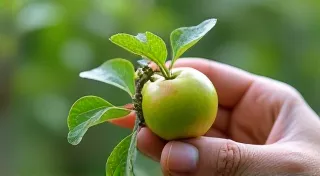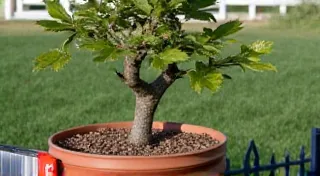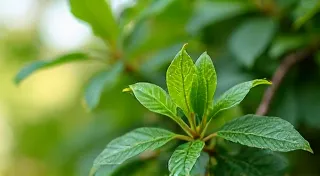Pruning Dwarf Fruit Trees in Containers for Maximum Fruit Yield
Growing dwarf fruit trees in containers is a rewarding experience, allowing you to enjoy fresh, homegrown fruit even with limited space. However, maximizing your harvest requires more than just planting and watering. Pruning is absolutely essential for healthy growth, strong branching, and, most importantly, abundant fruit production. This guide will walk you through the art of pruning your dwarf fruit trees in containers, covering techniques applicable to popular varieties like apples, pears, peaches, and more.
Why Prune Dwarf Fruit Trees in Containers?
Pruning isn't just about aesthetics; it’s a critical practice for dwarf fruit trees in containers. Here's why:
- Encourages Branching: Pruning stimulates the growth of new shoots, leading to a more robust and well-structured tree. Dwarf trees, naturally, have limited growth potential, so encouraging branching is vital.
- Improves Air Circulation: Dense foliage can lead to fungal diseases. Pruning opens up the canopy, allowing for better air circulation and reducing the risk of problems.
- Increases Sunlight Penetration: More sunlight reaching the branches encourages fruit bud formation.
- Shapes the Tree: Container-grown trees benefit from shaping to maintain a manageable size and pleasing appearance.
- Controls Size: While they're 'dwarf' varieties, container growth can still lead to excessive growth if unchecked.
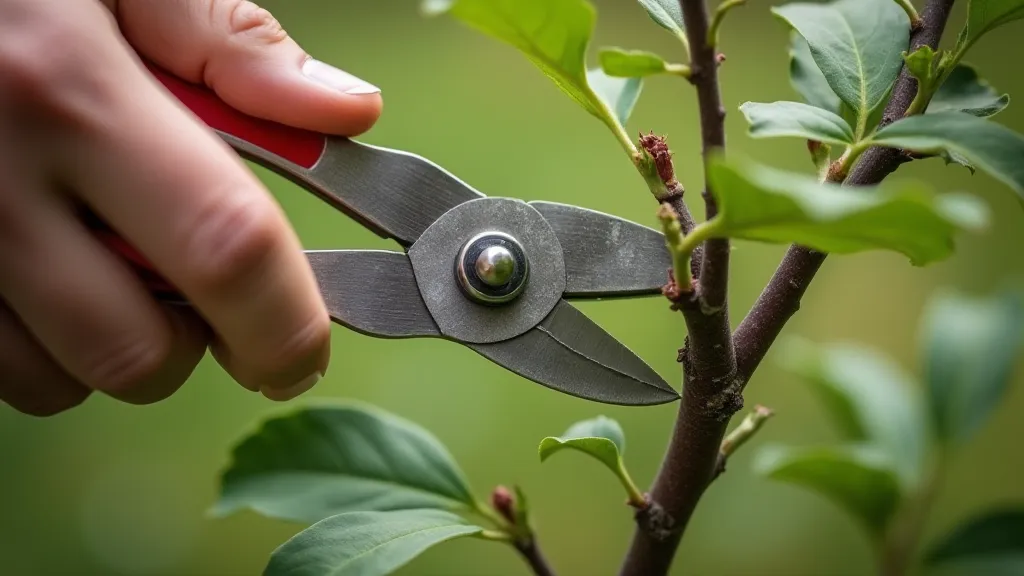
Timing is Key: When to Prune
The best time to prune most dwarf fruit trees is during the dormant season, typically late winter to early spring (February - March). This is when the tree is resting and less susceptible to disease. Avoid pruning during active growth periods (spring and summer) unless necessary to remove damaged or diseased branches. Summer pruning can be done to slightly control growth but should be very limited.
Essential Pruning Techniques
Here’s a breakdown of essential pruning techniques applicable to most dwarf fruit trees:
1. Removing the "Four D's"
Always start by removing the "Four D's":
- Dead: Remove any branches that are clearly dead.
- Damaged: Remove branches that are broken, diseased, or otherwise damaged.
- Diseased: Remove any branches showing signs of disease. Cut back well beyond the affected area to prevent spread.
- Deranged: Remove any branches that are crossing, rubbing, or growing in an undesirable direction.
2. Central Leader or Open Center?
Decide on your pruning style. Most dwarf fruit trees are trained using either a central leader or open-center system.
- Central Leader: Maintain a single, dominant central stem. This is common for apples and pears. Remove any competing upright shoots.
- Open Center: Remove the central leader to encourage growth from several main branches. This works well for peaches and plums.
3. Thinning vs. Heading Cuts
Understanding the difference between these cuts is crucial:
- Thinning Cuts: Remove entire branches at their point of origin. This encourages growth further down the tree and improves air circulation.
- Heading Cuts: Shorten branches by cutting them back to a bud. This stimulates growth closer to the cut and encourages branching. Use sparingly on dwarf trees as it can result in dense, less productive growth.

4. Specific Fruit Tree Considerations
While the above principles apply generally, here are a few specific tips:
- Apples & Pears: Focus on maintaining a strong central leader and removing water sprouts (vigorous upright shoots).
- Peaches & Plums: Encourage open-center growth and remove fruiting wood regularly (older branches) to promote new growth and younger fruit.
- Cherries: Prune lightly to maintain shape and remove any crowded branches.
Tips for Container-Grown Dwarf Fruit Trees
Container growing introduces additional considerations for pruning:
- Rootbound Issues: Pruning can help mitigate rootbound issues. If the tree is severely rootbound, you may need to repot it into a larger container.
- Control Size: Container growth naturally restricts size, but regular pruning helps maintain a compact form.
- Water Stress: Be mindful of water stress after pruning. Container trees dry out faster, so ensure adequate watering.
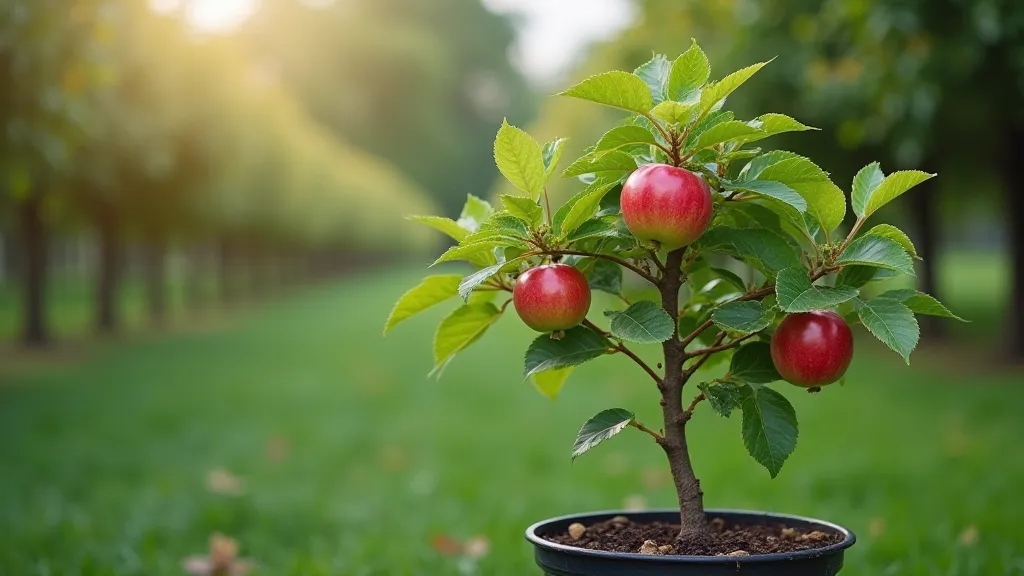
Conclusion
Pruning dwarf fruit trees in containers is a straightforward process when approached with a basic understanding of the principles. By following these guidelines, you can cultivate healthy, productive trees that reward you with a bountiful harvest of delicious fruit, all within the convenience of container gardening.
